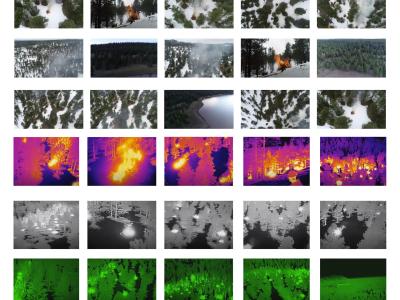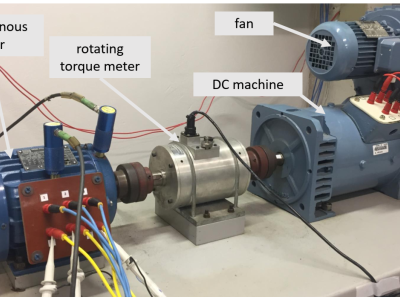boron_dataset

- Citation Author(s):
-
Raunak Gengiti
- Submitted by:
- Raunak Gengiti
- Last updated:
- DOI:
- 10.21227/qp8w-v904
Abstract
This paper presents a quantum-classical hybrid machine learning model for the prediction of formation energies of 2D boron-based compounds with a focus on borophene structures. From the materials project database, we constructed a large database of 5000 stable boron compounds and extracted quantum-relevant descriptors like band gap, density, and energy above the hull. Our approach utilizes a variational quantum circuit architecture with a classical neural network, implemented using the PennyLane and PyTorch libraries. We compare the hybrid model to a classical XGBoost regressor on strict evaluation metrics: mean absolute error (MAE), root mean squared error (RMSE), and coefficient of determination (R²). While the conventional XGBoost model had greater performance (R² = 0.985, MAE = 0.183 eV/atom), our findings indicate some quantum circuit limitations and potential directions for quantum advantage in materials property prediction. This work establishes significant baseline performance benchmarks and demonstrates some quantum architectural modifications necessary to attain quantum advantage in materials science applications. The significant performance gap underlines both the current challenges and the directions for future research for quantum-enhanced machine learning in materials informatics.
Instructions:
The file attatched includes all the information on how the Data can be used and what the data actually is.
 13 views
13 views







